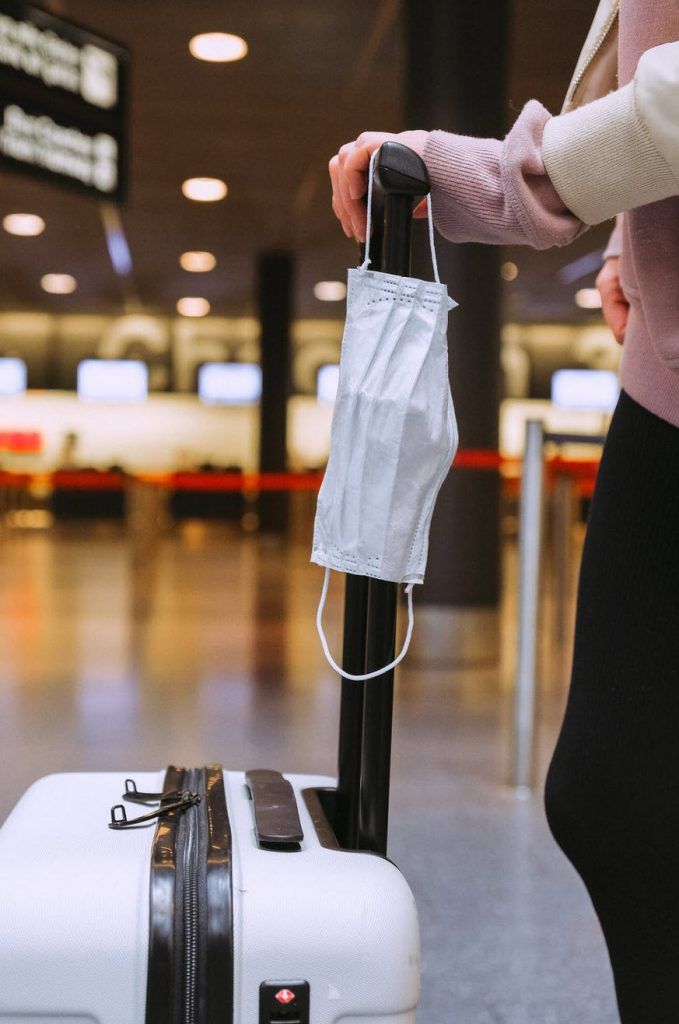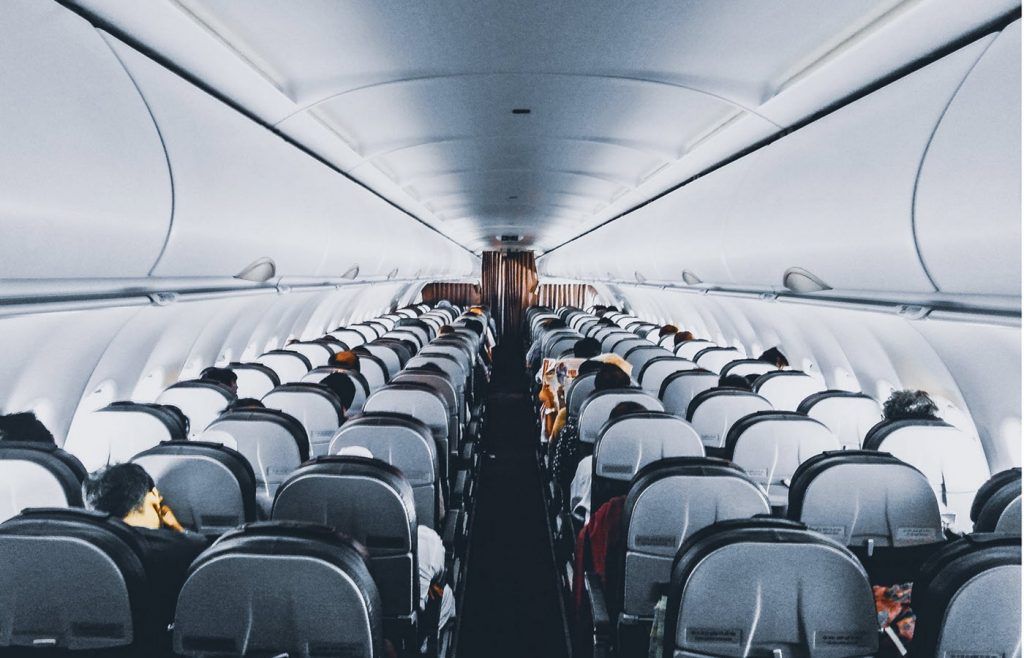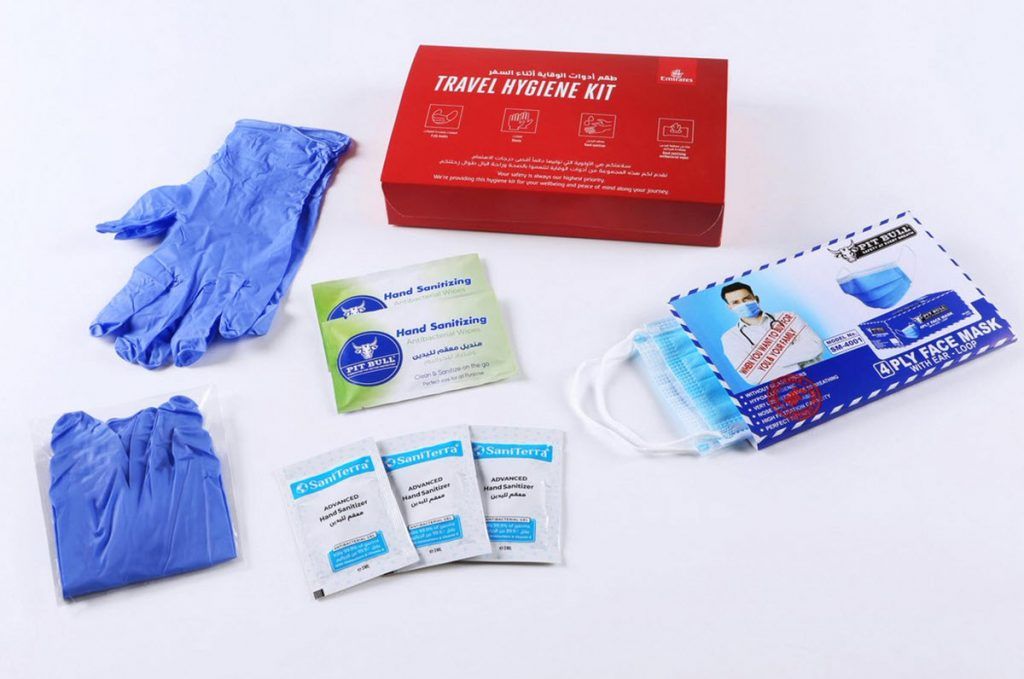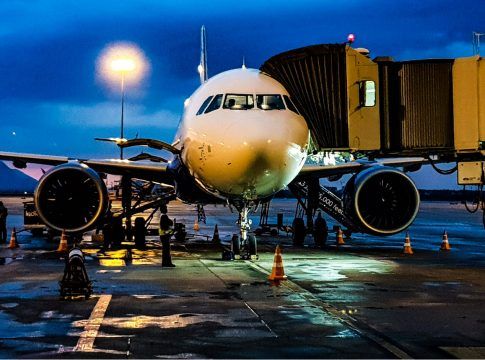COVID-19 has not left the world the same, the aviation industry has been left struggling. But, this will not be the case forever, we have to prepare for a post COVID world when we resume traveling.
Airline’s priority is to make sure that you, have a safe and comfortable journey. They would want you to feel safe and comfortable during your travels. Several airlines have crafted different new measures and come up with new criteria together with health authorities. Most measures draw on the experience of several airline’s successful fights against the COVID-19 pandemic.
Here is a detailed guidelines for safe travel post COVID-19 or even when the airport is reopened for passenger flights.
Before the flight
Online check-in
Instead of driving all the way to the Airline office, we recommend that you complete your check-in online via either the airlines mobile application or website in order to reduce your contact rate. You can even use a booking travel agent to do this work for you.
Personal mask and hygiene equipment
As part of personal health measures, we recommend you to wear a mask the moment you step out of your home. Since single use surgical masks should be changed every four hours, it is advisable for you to carry extra masks and hygienic hand wipes to last you the duration of your journey. Any used masks should be put into personal waste bag without touching the front surface of the mask.
Cabin baggage
In order to minimize physical contact with your environment, expect some airlines to limit on the size and weight of your cabin luggage. All other cabin baggage will be received during the check-in process as registered baggage. Don’t be surprised to find that your unused cabin baggage allowance will be added to your baggage allowance.
ALSO READ: Electric bikes in Uganda: How to buy, the types, Yaka cost, and more
At the airport
Mask use
Wearing a mask is obligatory at all points at the airport as of your entrance.
Physical distance
At most airports, lines will be marked for your safe physical distance. You should keep a physical distance of at least 1.5 meters. Keep physical distance when you stand at boarder or passport control lines.
Hand sanitizers
At most airports, there will be hand sanitizers placed at passage points at the airports. Don’t hesitate to use them.
Fever check
Expect to have multiple points at the airport where they will check you. Your body temperature will be measured at the airport both on arrival and departure.

Protective panes
More cautious airports will have protective panes placed at all the counters at several service points, in order to keep a safe service distance between airline employees and you.
Equipment for Airport personnel
All personnel at the airport should be expected to use masks and other necessary personal protective equipment.
No-contact check-in
Some Airlines will allow passengers to carry out no-contact check-in and baggage check-in procedures at our counters without exchanging your passport or ID card.
No-contact self check-in
For developed Airports with the option to self-check-in, this will be the most preferable method of check-in.
Automated baggage check-in
If you have acquired your boarding pass beforehand (may be online), you can check-in your baggage with no-contact at airports equipped with Automated Baggage Check-In kiosks.
Boarding the aircraft

Equipment for employees
Before each flight, most airlines will ensure that their cabin crews take a temperature check and are provided with masks, glasses, gloves, and personal protective equipment for in-flight use.
Mask use
You must wear a mask during all processes including boarding the aircraft.
No-contact boarding
Physical distancing rules must be followed while boarding the aircraft. We expect airlines to call Passengers to the checkpoint in small groups and all controls during boarding should be performed with no-contact.
Boarding point
Boardings will be carried out via passenger boarding bridges. Necessary physical distancing measures should be taken in apron buses, which will be used in exceptional cases.
Boarding order
In order to minimize crowding in the cabin, the boarding is expected to be performed in order, preferably starting with the last row.
While onboard the flight

Thorough cleaning
After each flight, all contact points in most aircraft including tray tables, armrests, belts, screens, controllers, overhead bins, air vents, reading lamps, side panels, windows, lavatories, partitions, magazine racks, decorative panels and cabinets are expected to be thoroughly disinfected by special teams. Aircraft should be disinfected at least once again by a two-stage special disinfection procedure called fogging upon their arrival at each airlines’ respective hub and made ready for their next flight.
HEPA filters
HEPA (High-Efficiency Particulate Air) filters will be used by most aircrafts. These use a special filtration system that can remove 99.97% of all particles whose diameter is up to 0.3 microns in the air.
Air quality
During flights, cabin air will be constantly cleaned by the hospital-standard HEPA filters. With this filtration system, the air is completely renewed about every 3 minutes.
Clean air-flow
Aircrafts should be equipped with an air-flow system that releases the clean air inside the cabin through air vents and withdraw it from the lower part of the cabin, sending it to HEPA filters and outside. Thus, the air inside the cabin does not travel horizontally between the seats.
Hygiene experts
Most airlines will use hygiene expert cabin crews, they in charge of lavatory disinfection and enforcement of all on-board hygiene and social distancing measures.
Mask use
Wearing a mask, covering your mouth and nose during the flight is mandatory. You can use a cloth or surgical mask. As single-use masks have to be changed every 4 hours, if you are using one, you should keep a sufficient number of masks at hand. A used mask should be put into a personal waste bag without touching the front surface of the mask.
Hand sanitizer and Hygiene kit

There will be hand sanitizers in lavatories in all most aircraft. So airlines will provide passengers with a “Hygiene Kit” consisting of a mask, an antiseptic tissue and a hand sanitizer.
Hygiene of textiles
Textiles like blankets, sleeping kits etc. are cleaned after every flight in professional facilities in high temperatures with special chemicals, that are non-allergenic and approved by international authorities.
Printed Publications
As part of hygiene measures, most airlines will be doing away with printed in-flight publications, but passengers can reach all publications, newspapers, and magazines via Airline’s application or inflight entertainment systems.
Headphones service
Airlines plan to offer single-use headphones on all our international flights. We, however, recommend for you to bring your own headphones and use them during the flight.
Catering
Airlines are expected to prepare meals according to high-hygiene rules, new standards have been set up by several airlines with different concepts, offering packaged and single use only products, depending on the duration of the flight. In order to reduce physical contact, some airlines are considering to serve only bottled water on flights of less than 2 hours.
Disembarking the aircraft
Disembarking operation
Disembarking the aircraft should be done performed via passenger boarding bridges. Necessary physical distancing measures should be taken in apron buses, which will be used in exceptional cases.
Disembarkation process
Disembarking the aircraft will be carried out in lines of 10 people with 2-minute waiting intervals, in accordance with the announcement and directions of the cabin crew.
Controlled baggage claim
Finally, after you land you will be looking for your baggage, new regulations have been put in place for the baggage claim process in order to reduce physical contact.


